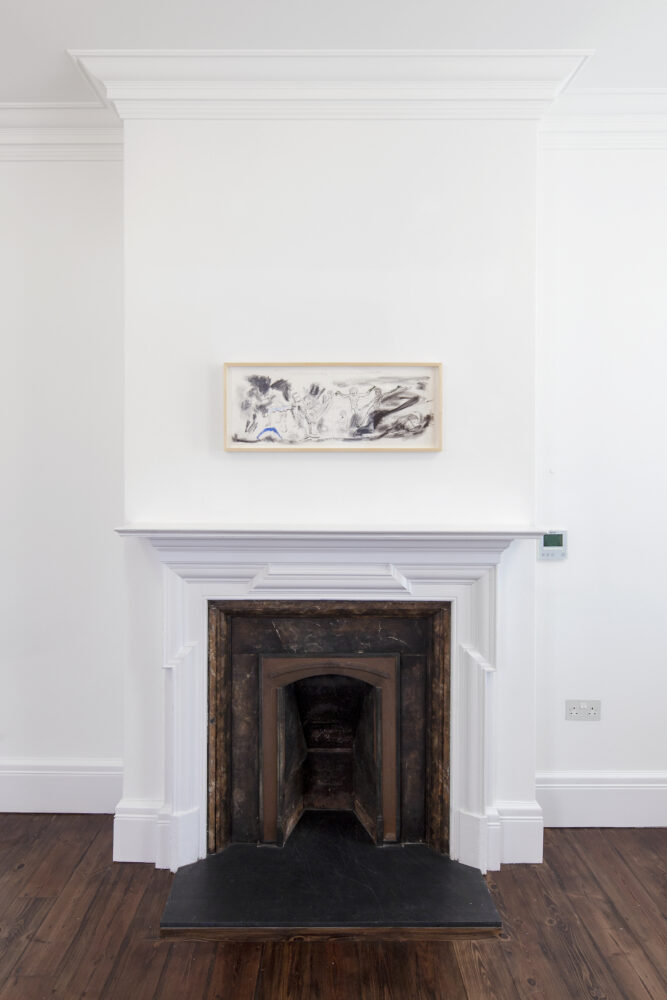
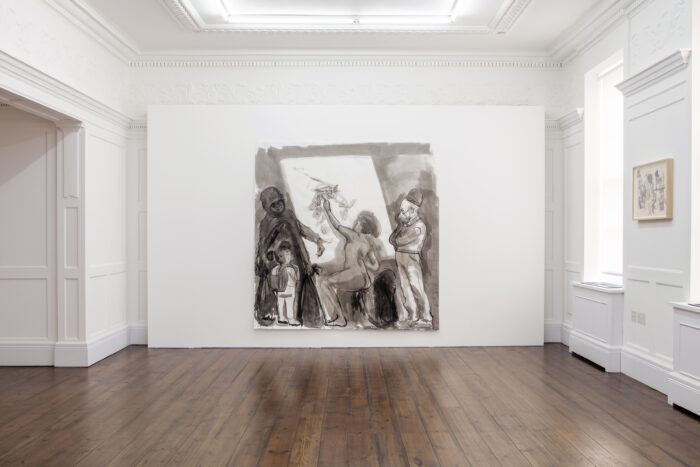
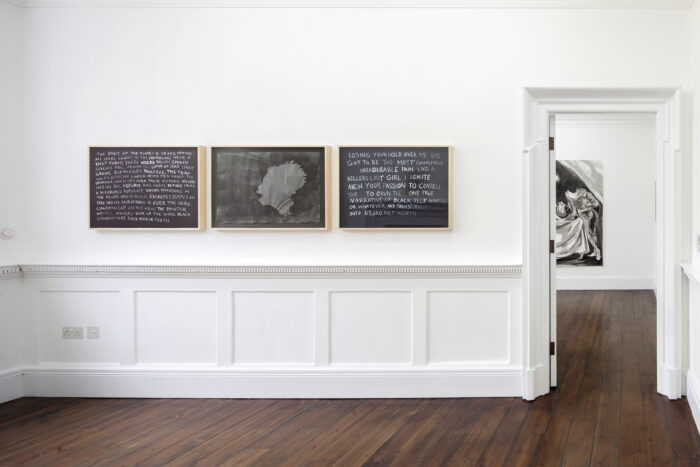
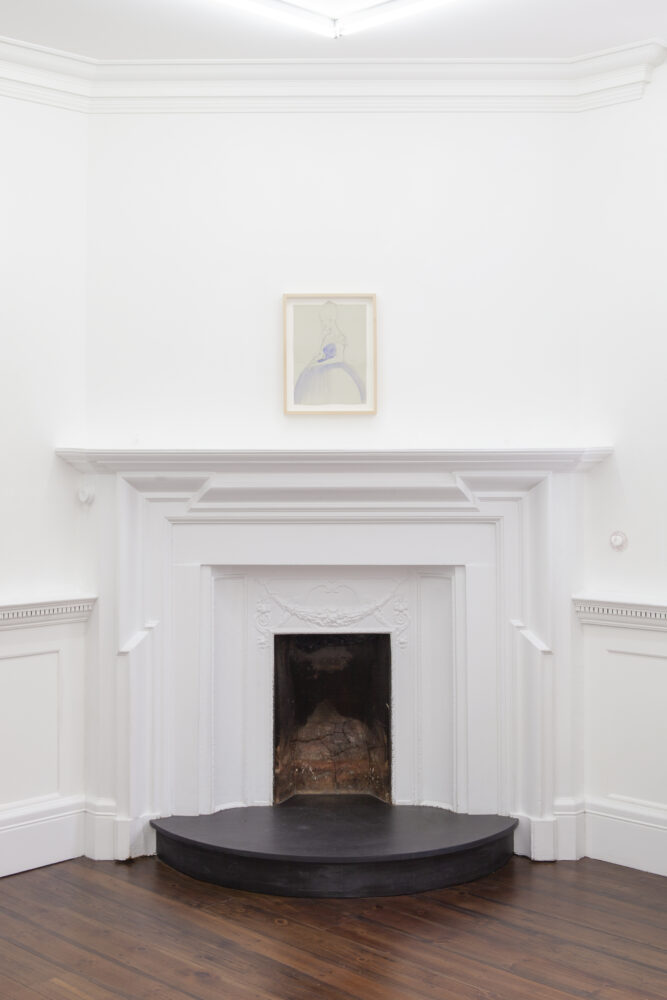




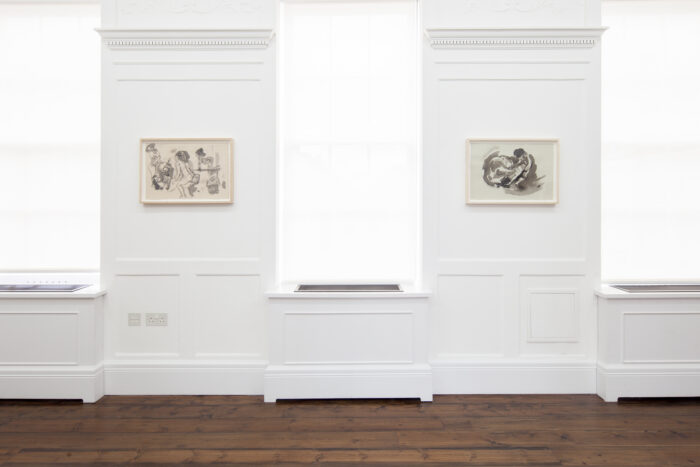
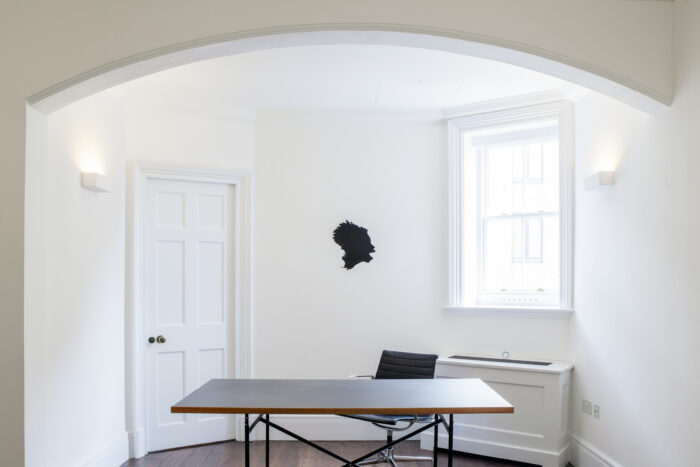
Widely acknowledged as one of the most complex contemporary American painters of her generation, Kara Walker’s works offer an examination of history, power, race, desire, illuminating representations of violence and the ongoing process of American racial formation.
Her exhibition at Sprüth Magers, London, Ring Around the Rosy, brings into focus the breadth of her drawing practice, which is concurrently explored in depth in her touring museum exhibition, A Black Hole is Everything a Star Longs to Be, on view at the De Pont Museum in Tilburg, The Netherlands, through July 24.
Throughout the series, Kara Walker makes use of words, using violent, often vulgar, language and descriptions of actions, like in the work, The Surgical Removal of One Thing from the Other (2018/2020), where the words “Free” “Not Free”, “Trapped”, “Captured”, “Escaped”, “Followed” burst forth from the paper.


